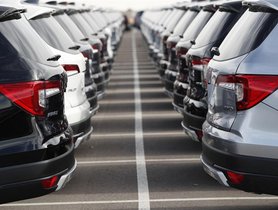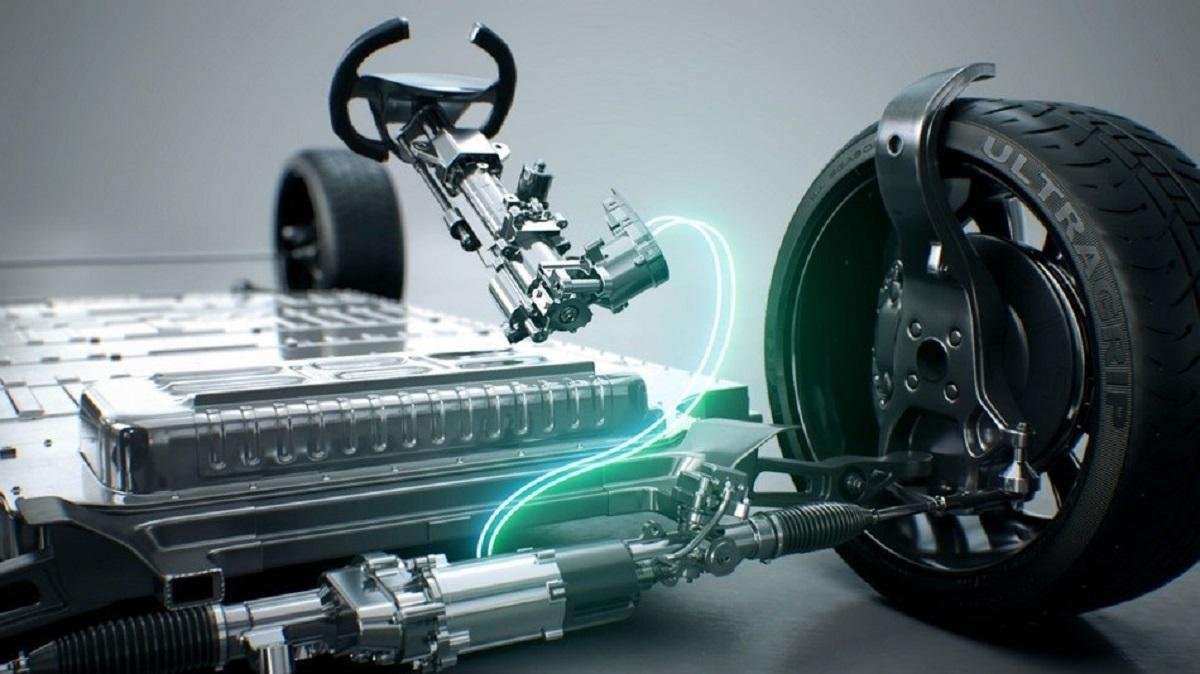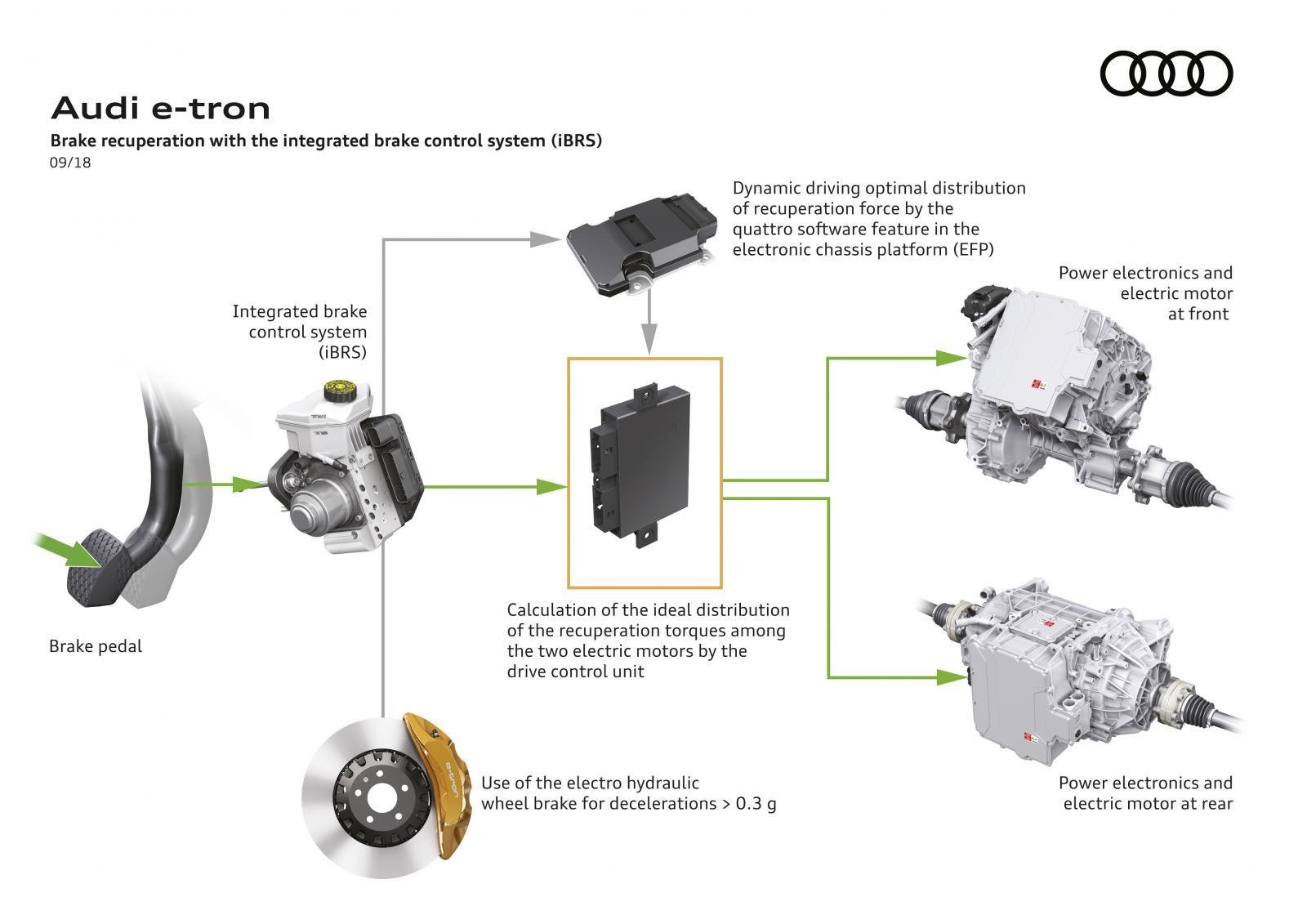Popular Tips
YOU MIGHT BE INTERESTED IN
Steer-By-Wire, Drive/Brake-By-Wire, Shift-By-Wire Systems Explained
by Chandrutpal Kashyap |
11/05/2021
They may sound complex, but these systems are designed to make driving a vehicle more comfortable and convenient. Today we have this easy guide to help you understand these systems as we move towards autonomous driving soon.











 Follow us on google news
Follow us on google news
